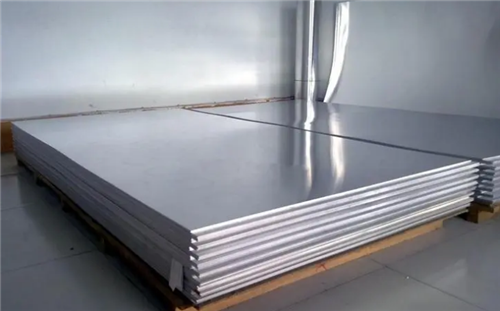There are 3 differences between aluminum plate and aluminum-plastic plate:
First, the use of the two is different:
1. Uses of aluminum plates: lighting, solar reflectors, building exteriors, ceilings, furniture, cabinets, elevators, signs, nameplates, luggage, interior and exterior automotive decoration, refrigerators, microwave ovens, audio equipment, aerospace and military.
2. Use of aluminum composite panel: used for building exterior walls, curtain wall panels, renovation and renovation of old buildings, interior wall and ceiling decoration, advertising signs, display stands, purification and dustproof projects.

Second, the two are substantially different:
1. The essence of aluminum plate: a rectangular plate formed by rolling aluminum ingots.
2. The essence of aluminum composite panel: it belongs to a new type of building decoration material.

Three, the two are classified differently:
1. Classification of aluminum plates:
Divided into pure aluminum plate, alloy aluminum plate, thin aluminum plate, medium and thick aluminum plate, patterned aluminum plate.
2. Classification of aluminum composite panels:
(1) Fireproof board: The flame retardant core material is selected, and the combustion performance of the product reaches the flame retardant grade (B1 grade) or non-combustible grade (A grade); at the same time, other performance indicators must also meet the technical requirements of the aluminum composite panel.
(2) Antibacterial and mildew-proof aluminum-plastic board: Coating the antibacterial and bactericidal coating on the aluminum-plastic board makes it have the effect of controlling the reproduction of microbial activities and ultimately killing bacteria.
(3) Anti-static aluminum-plastic panel: The anti-static aluminum-plastic panel is coated with anti-static paint, and the surface resistivity is below 109Ω, which is smaller than the surface resistivity of ordinary aluminum-plastic panels, so it is not easy to generate static electricity, and dust in the air is also Not easy to adhere to its surface.
